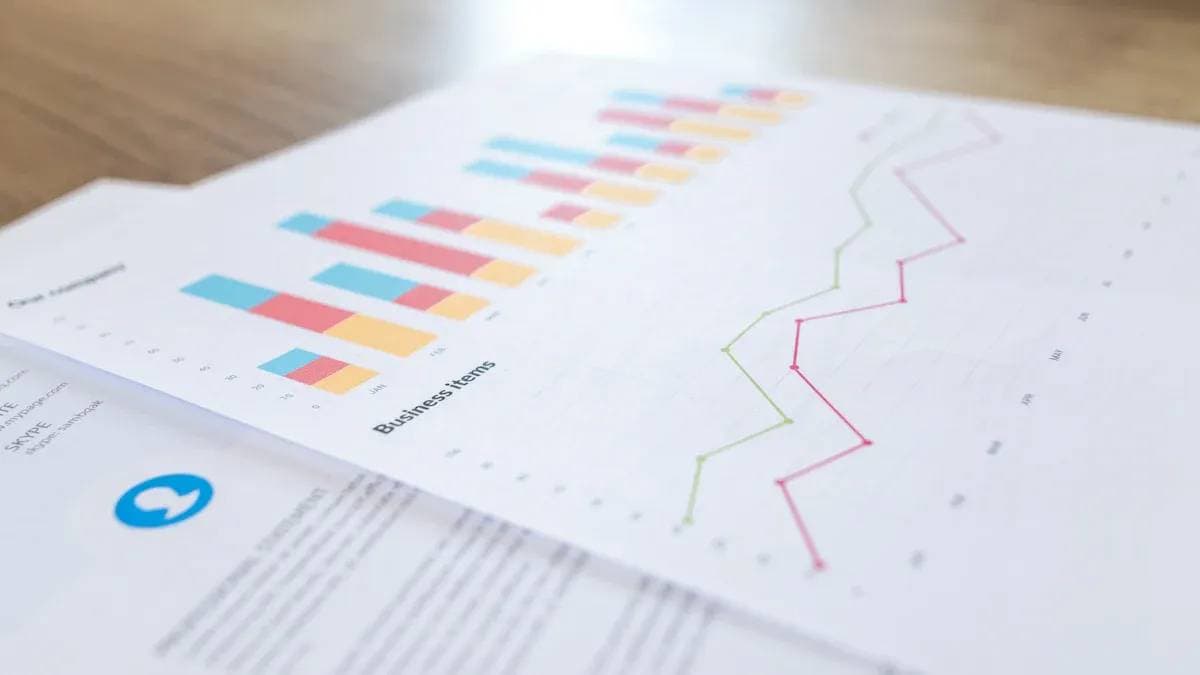- EasyCard
- Trade
- Help
- Announcement
- Academy
- SWIFT Code
- Iban Number
- Referral
- Customer Service
- Blog
- Creator
Analysis of MoneyGram Fees: Influencing Factors, Payment Methods, and Saving Methods
MoneyGram is a common international remittance method that offers different transfer options, including regular transfers and expedited transfers. The fee structures, payment methods, and maximum amount limits vary for different services. Therefore, users need to fully understand the relevant information before making a remittance to make the best decision.
If you desire a higher remittance amount or a faster fund arrival speed, you can also consider alternatives such as BiyaPay.

What Factors Influence the Fees of MoneyGram?
The transfer fees of MoneyGram depend on several factors, including the remittance amount, the destination country, the payment method, and the arrival speed. Expedited services usually require additional fees, especially when users choose instant arrival or pay with a credit card.
In addition, the currency conversion fees of MoneyGram may change due to exchange rate fluctuations. The currency conversion fees in different countries may vary. Therefore, before initiating a transfer, users are advised to check the real-time exchange rates to make the remittance at the most favorable exchange rate.
- Remittance Amount: Generally speaking, the larger the remittance amount, the higher the fee. In some cases, large remittances may receive discounts, but they may also involve additional regulatory requirements.
- Destination Country: The fees of MoneyGram differ in different countries, and the remittance costs in some countries are relatively high.
- Payment Method: Paying with a bank account or a debit card is usually cheaper than paying with a credit card. Credit card payments may incur additional cash advance fees, which increase the overall remittance cost.
- Arrival Speed: Expedited remittances usually require additional fees, while standard transfers are cheaper but may take longer to arrive.
Are the Fees of MoneyGram Fixed?
The transfer fees of MoneyGram are not fixed but will be adjusted according to market conditions and the company’s pricing strategy. However, these adjustments are usually small and not frequent. Users can check the current fee situation at any time by following the official website or application.
The fee structure of MoneyGram is relatively transparent, and users can clearly see the fees they need to pay during the transaction. In some cases, MoneyGram may launch promotional activities, such as waiving handling fees or offering more favorable exchange rates. It is recommended that users regularly check for relevant offers to save remittance costs.
Can Credit Cards Be Used to Pay for MoneyGram Transfer Fees?
Users can use credit cards to pay for MoneyGram transfer fees, but this may not necessarily be the most cost-effective option. Credit card companies usually consider remittances as cash advances and charge additional fees, which may specifically include:
- Cash Advance Handling Fee (usually 3%-5% of the transaction amount)
- Higher Interest Rate (compared to ordinary consumption, the cash advance interest rate of credit cards is usually higher)
- Currency Conversion Fee (if it involves cross-border remittance, an additional 1%-3% foreign exchange handling fee may be charged)
Therefore, when choosing a credit card as the payment method, users should carefully calculate the relevant fees to ensure that the overall remittance cost will not increase due to the additional fees. For users who want to save fees, it is recommended to pay with a debit card or a bank account to avoid unnecessary extra expenses.
How to Reduce the Transfer Fees of MoneyGram?
Users can effectively reduce the transfer fees of MoneyGram through the following methods:
- Compare the fees of different remittance companies: Different remittance platforms may offer different exchange rates and handling fees. Users can compare and choose the most cost-effective service.
- Choose online transfers: Online remittances are usually cheaper than those at offline stores, and some platforms may offer additional discounts.
- Use a bank account or a debit card: Compared with credit cards, payment methods using a bank account or a debit card usually have lower fees.
- Take advantage of promotional activities: Pay attention to the official promotional information of MoneyGram. Sometimes, handling fees may be waived or exchange rate discounts may be provided.
- Reduce the number of remittances: If possible, users can combine multiple small remittances to reduce the fees for a single transaction.
- Consider other remittance methods: In some cases, using other payment platforms (such as PayPal, TransferWise, etc.) may be more cost-effective.
What is the Maximum Remittance Amount of MoneyGram?
MoneyGram does not have a unified fixed upper limit for the remittance amount. The specific limits depend on:
- Sending Country and Receiving Country: Some countries have legal regulations on cross-border remittances, restricting the maximum remittance amount per transaction or per day.
- Payment Method: Bank account transfers usually allow higher remittance amounts, while credit card or cash payments may have lower limits.
- User Identity Verification: Users who have completed identity verification (KYC) can usually remit larger amounts, while users who have not been verified have lower remittance limits.
For large remittances, users may need to provide additional identity verification, such as a passport, bank statements, or proof of the source of funds. In addition, the regulations of some countries may require additional fees for transactions exceeding a certain amount. Therefore, users should understand the relevant policies in advance before making large remittances.
Conclusion
MoneyGram provides a fast and convenient international remittance method, but the fees vary depending on the remittance amount, destination, and payment method. Users should carefully compare different remittance options and try to choose low-cost payment methods (such as debit cards or bank accounts) to reduce unnecessary fees.
If you are looking for a remittance method with a higher amount and faster arrival speed, you might as well learn about BiyaPay. This platform adopts an efficient “local remittance” model with no amount limit, which can greatly improve the efficiency of fund transfer. In addition, BiyaPay’s remittance business covers most regions and countries around the world. Both individual users and corporate users can enjoy a safe and convenient cross-border payment experience.
Whether individual users or corporate users, they can choose the most suitable remittance method according to their own needs to ensure that the funds are transferred safely, quickly, and at a low cost.
*This article is provided for general information purposes and does not constitute legal, tax or other professional advice from BiyaPay or its subsidiaries and its affiliates, and it is not intended as a substitute for obtaining advice from a financial advisor or any other professional.
We make no representations, warranties or warranties, express or implied, as to the accuracy, completeness or timeliness of the contents of this publication.




Contact Us
Company and Team
BiyaPay Products
Customer Services
is a broker-dealer registered with the U.S. Securities and Exchange Commission (SEC) (No.: 802-127417), member of the Financial Industry Regulatory Authority (FINRA) (CRD: 325027), member of the Securities Investor Protection Corporation (SIPC), and regulated by FINRA and SEC.
registered with the US Financial Crimes Enforcement Network (FinCEN), as a Money Services Business (MSB), registration number: 31000218637349, and regulated by FinCEN.
registered as Financial Service Provider (FSP number: FSP1007221) in New Zealand, and is a member of the Financial Dispute Resolution Scheme, a New Zealand independent dispute resolution service provider.




















